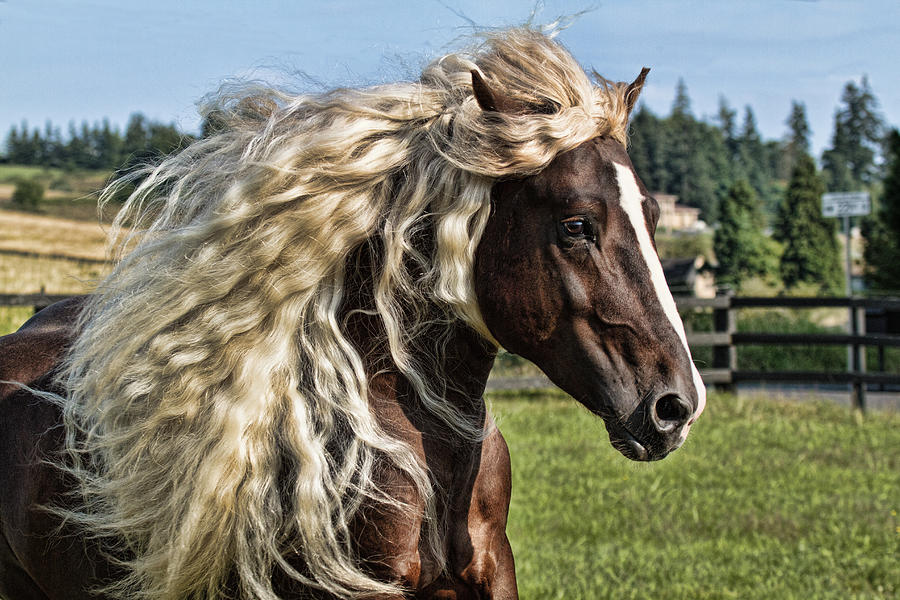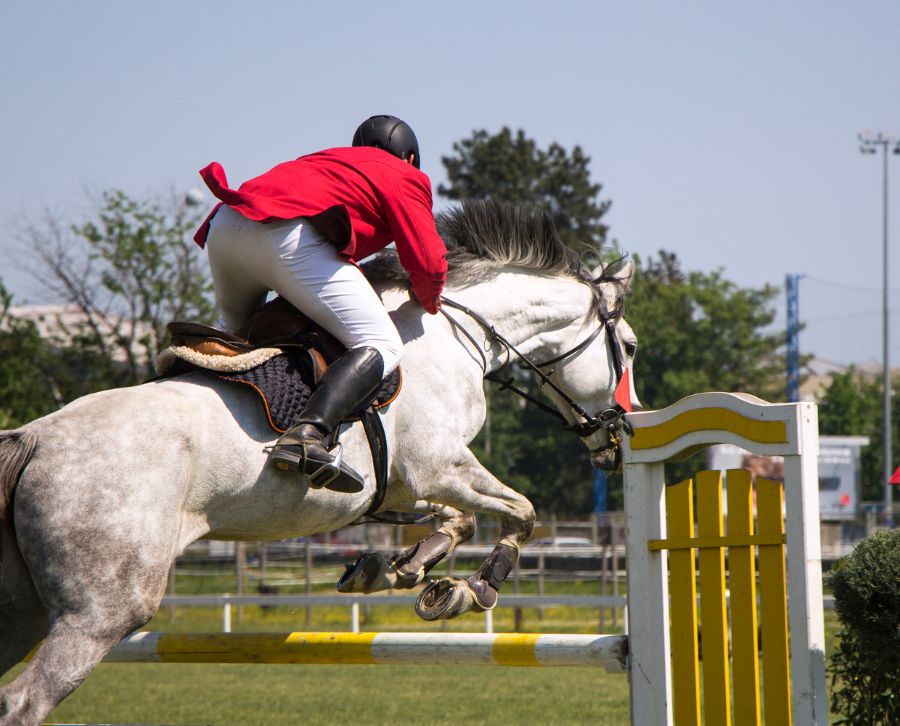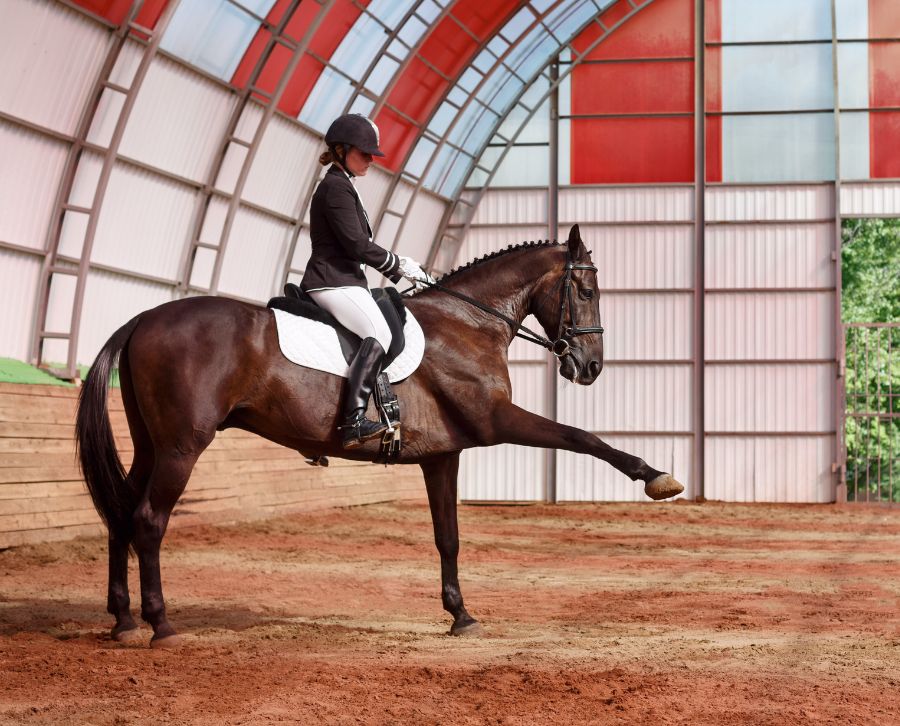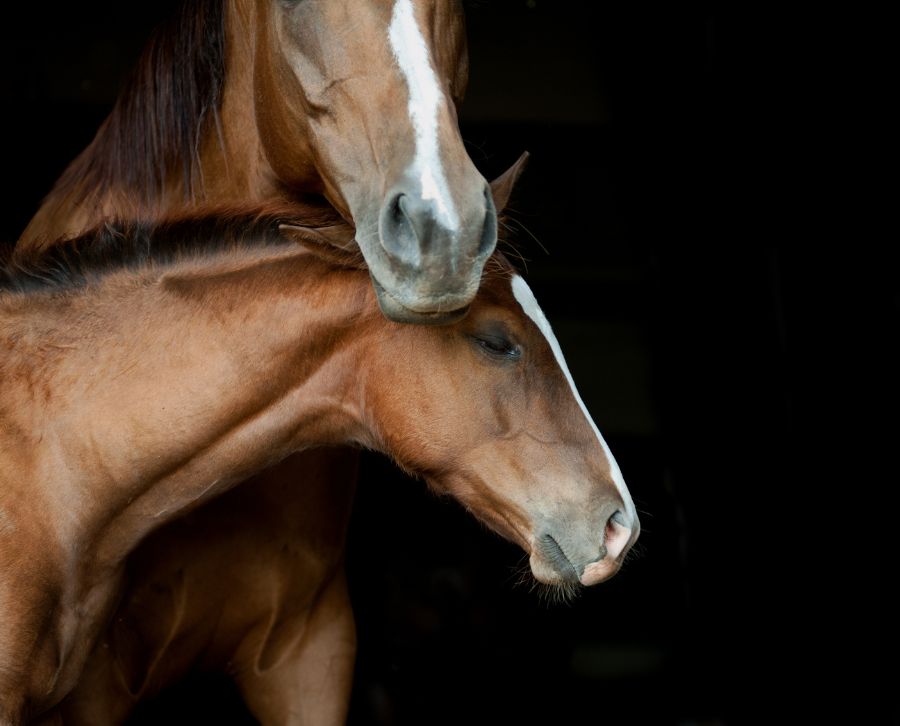Just as we all need daily care, your beloved pet also needs the daily affection you can give them to feel well, and to be full of energy and vitality…
Have you ever thought that your horse also has a number of special care needs? Yes, that’s right.
Our little equine friend needs a series of care, among which we can find the horse massage because, like any athlete, he also needs to relax a little after the daily workouts you may have prepared him.
At Equspaddock we want to help you with the care your horse needs and inform you about the importance of the proper horse massage and how to know when and where he needs it.
How do I know if my horse needs a massage?
Can you tell if your horse needs a massage or is ready for a massage? The answer is yes.
Horses are one of the animals that have the greatest communication skills when it comes to sharing with us when and where they are feeling discomfort. We will notice that they are not their usual selves and we will see that they are more subdued than usual. Some signs that we can find are:
- Stiffness or muscle tension in the animal: If you start to notice that your horse is having difficulty moving, has muscle tension or is stiff, it may be time for a massage.
- Changes in behaviour: If you start to notice a certain irritability or aggressiveness, it means that your horse is trying to tell you that it is not feeling well and is experiencing discomfort or pain in some area of its body.
- Injuries or illnesses: If your horse has ever suffered an injury or has a chronic illness, it is advisable to massage him to help relieve the pain.
- Performance problems: We may notice that he feels some discomfort while doing activities with him, so the best thing to do is to prepare him for a massage of approximately 2 hours and once the massage is done, let him rest without carrying weight for the next 24 hours. A brisk walk may be helpful in stretching ligaments and muscles.
Types of horse massages
We will find different types of horse massages that will help us to make you feel better, among which we can find:
Sports massage
For some time now, there has been an increase in knowledge about sports massage for horses. Focusing on specific areas of the body that are most stressed during physical activity, such as jumping or steeplechase, this type of massage is designed to prevent future injuries, improve performance or increase flexibility. Even though it is a “sports” massage, it is ideal for all types of riders, trainers and owners to be aware of its existence so that they can practice it if necessary.
Myofascial massage
It focuses primarily on the connective tissues of the body, including muscles and fascia. Primarily, myofascial massage is used to release tension that has built up in order to improve the animal’s mobility.
Lymphatic massage
Focuses on the lymphatic system, which is responsible for the elimination of toxins from the body. Lymphatic massage can be used to improve circulation in the body and promote the healing of injuries or any illnesses the horse may have.
Trigger point massage
Trigger point massage, as the name suggests, focuses on trigger points, areas of muscle tension that can cause pain and limit mobility. It is used to improve tension and mobility.
The assessment of trigger points can be difficult to see and some pains may only be seen on the trot. Because of this, you may see the result of restriction and pain, but not be fully aware that it may have led to the cause of the pain.
Relaxation massage
Relaxation massage can be applied to improve the horse’s well-being, as it is practised to reduce muscle tension and stress. In this massage, we can find certain variations such as:
– Warm-up massage.
– Kneading massage.
– Friction massage.
– Stretching massage
Remember that before performing any of these massages, it is advisable to consult a veterinarian or professional specialized in equine massage, as some horses do not tolerate all types, so it is important that you are well-informed and know what massage is best suited to what the horse needs.
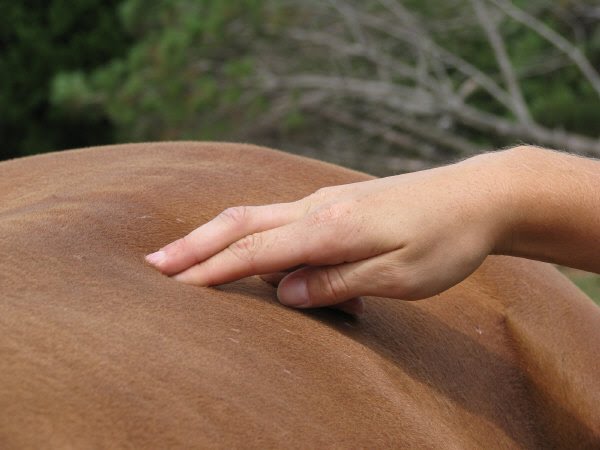
Benefits of horse massage
We could say that among its benefits not only are the fact of relaxing the animal, but we can find many other benefits when performing a massage on our horse, among which we can find:
- It increases the bond that we create with him.
- Helping its circulation.
- Relieves congestion.
- Increase your movement as well as muscle tone.
- Relax for muscle spasms.
- It will help in the elimination of toxins.
- It will reduce your tension.
- The blood supply and the amount of nutrients to the muscles increase.
- Since it serves to alleviate certain types of ailments, it will lead to a decrease in the use of medication.
- Increase in the number of red blood cells.
In addition to all these recommendations on horse massages that you can find, we invite you to read “The best tips for caring for your horse” to continue helping you in the care of your horse.
From Equspaddock we hope that this blog has been useful to you when it comes to know a little more about your equine friend.

